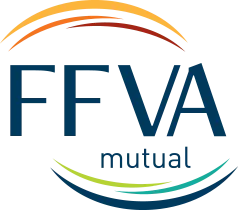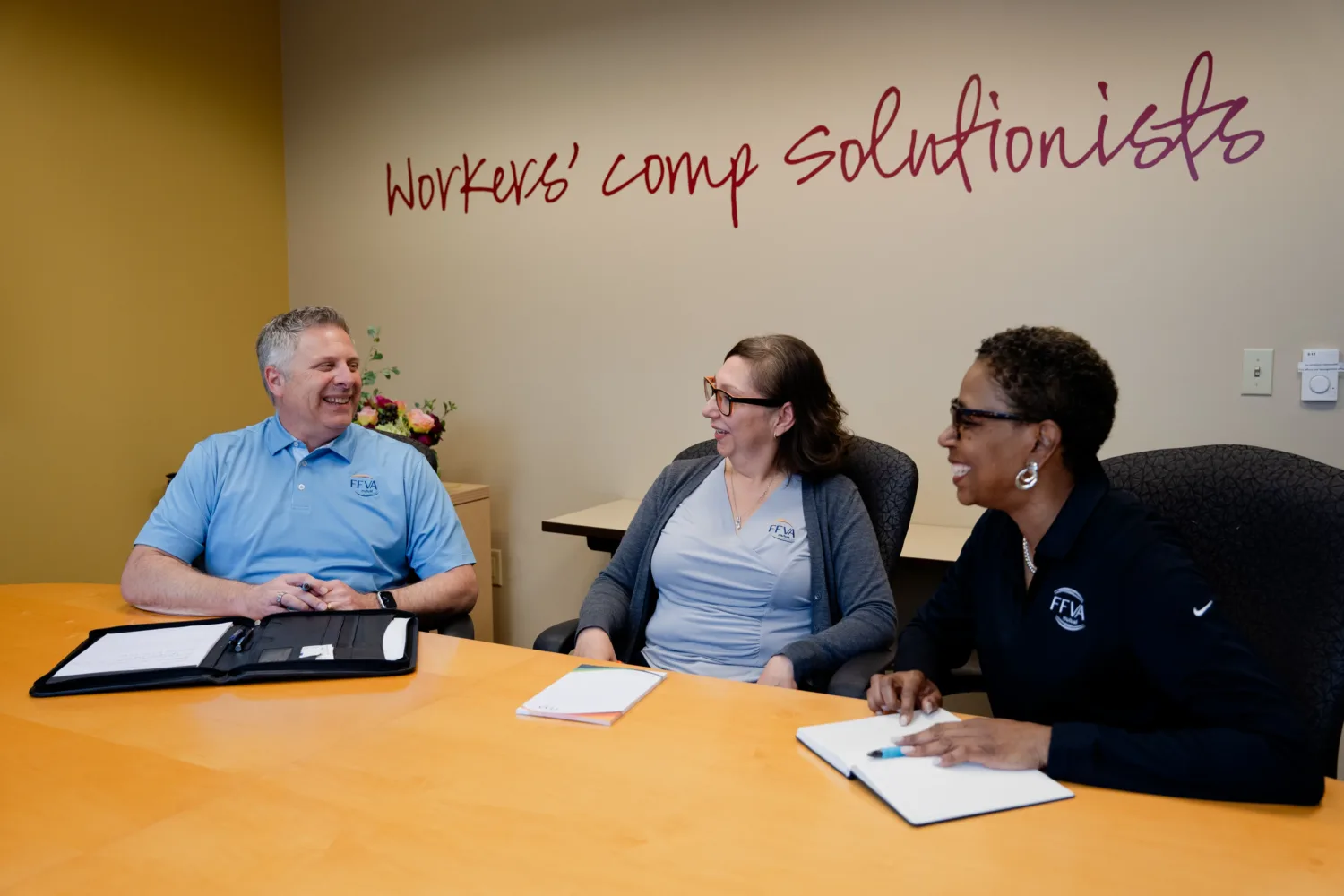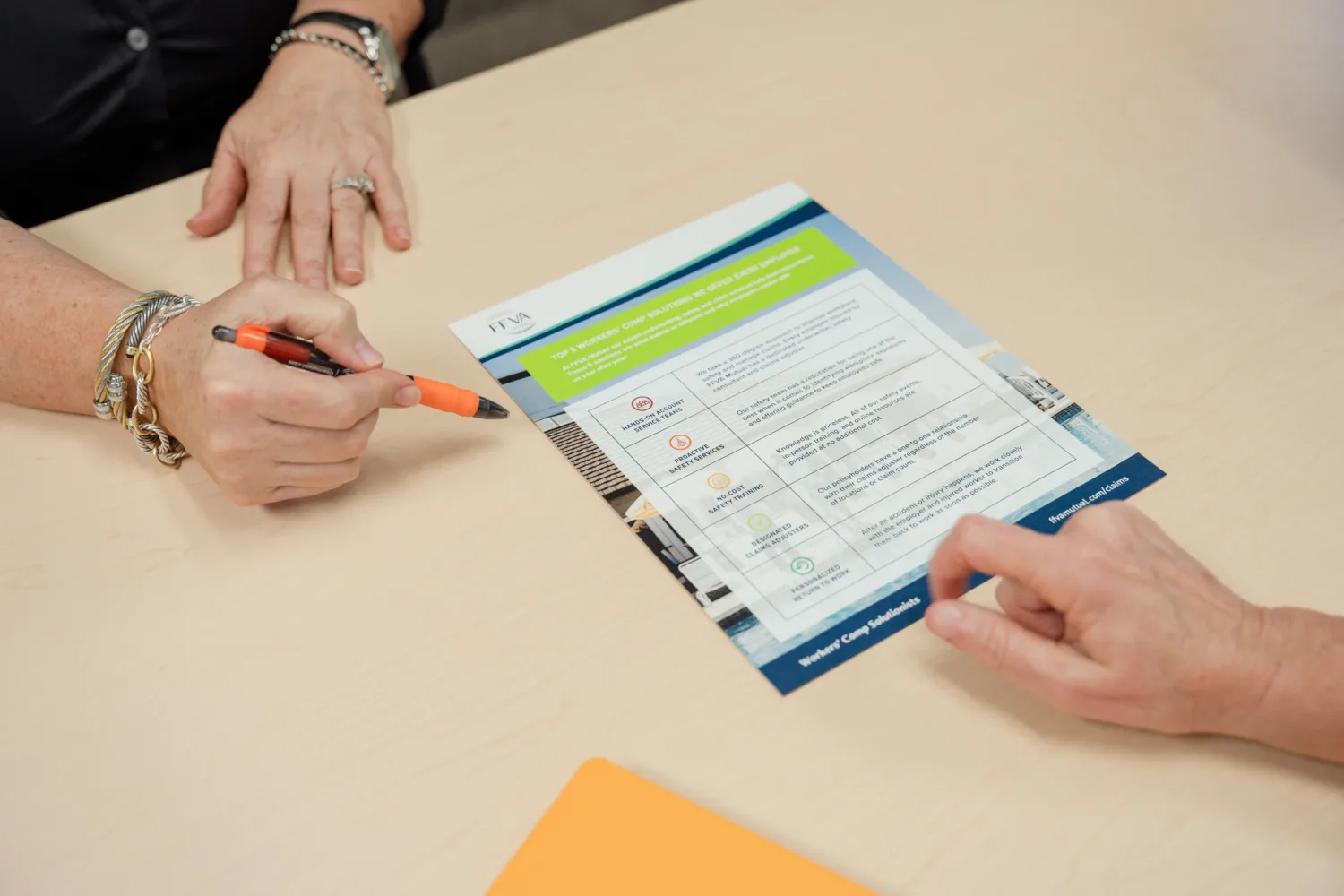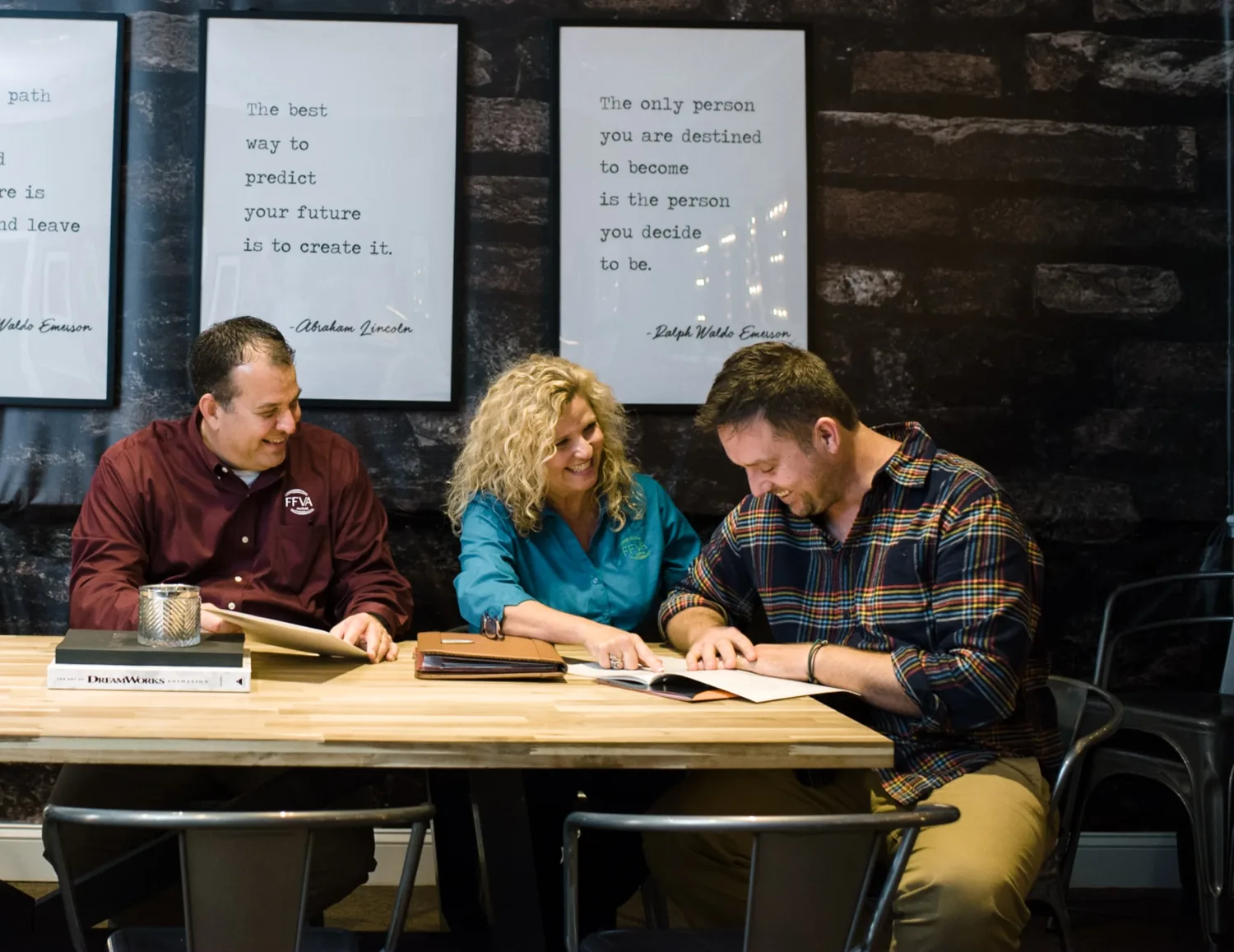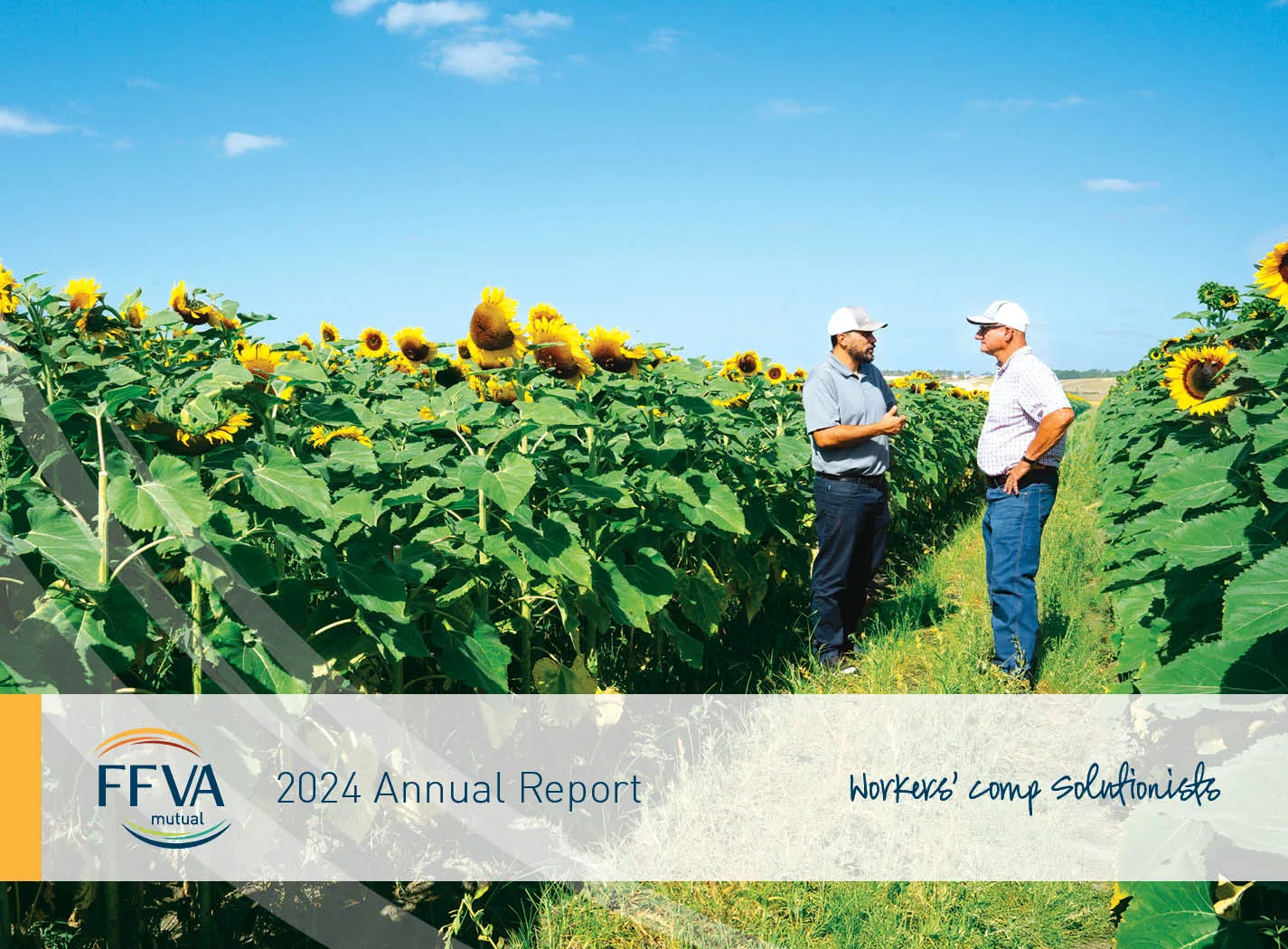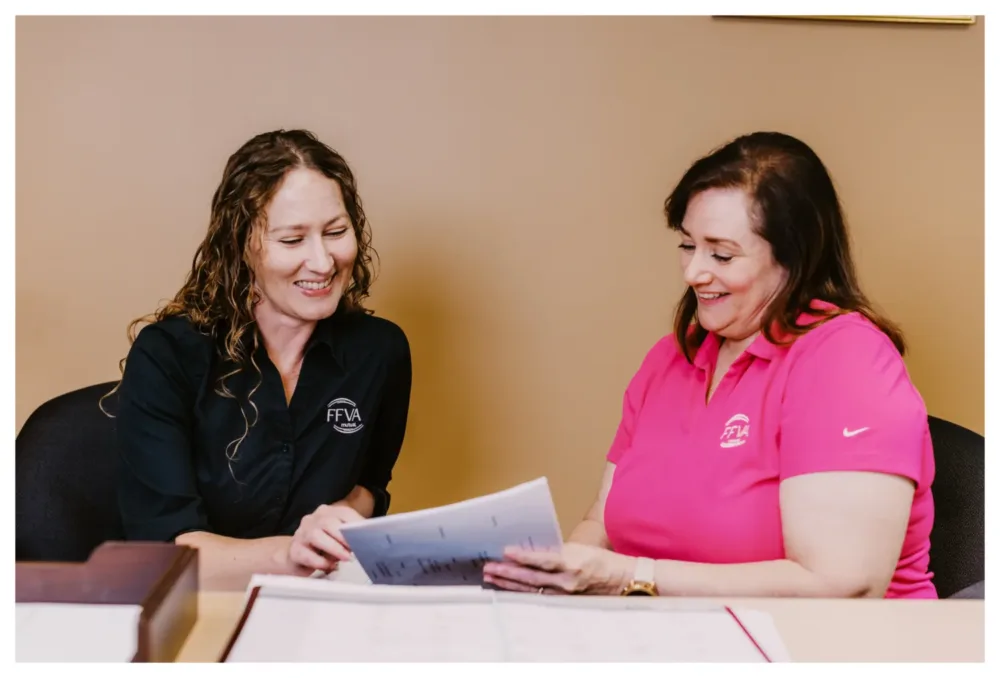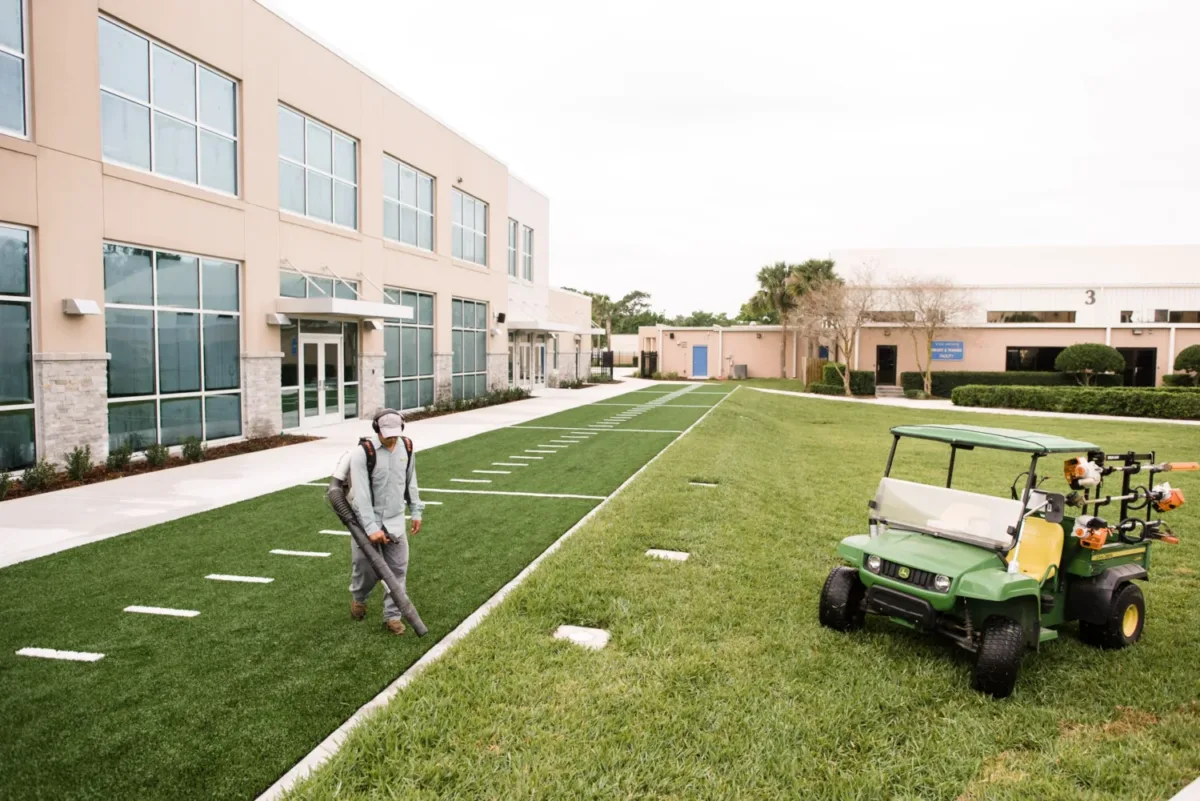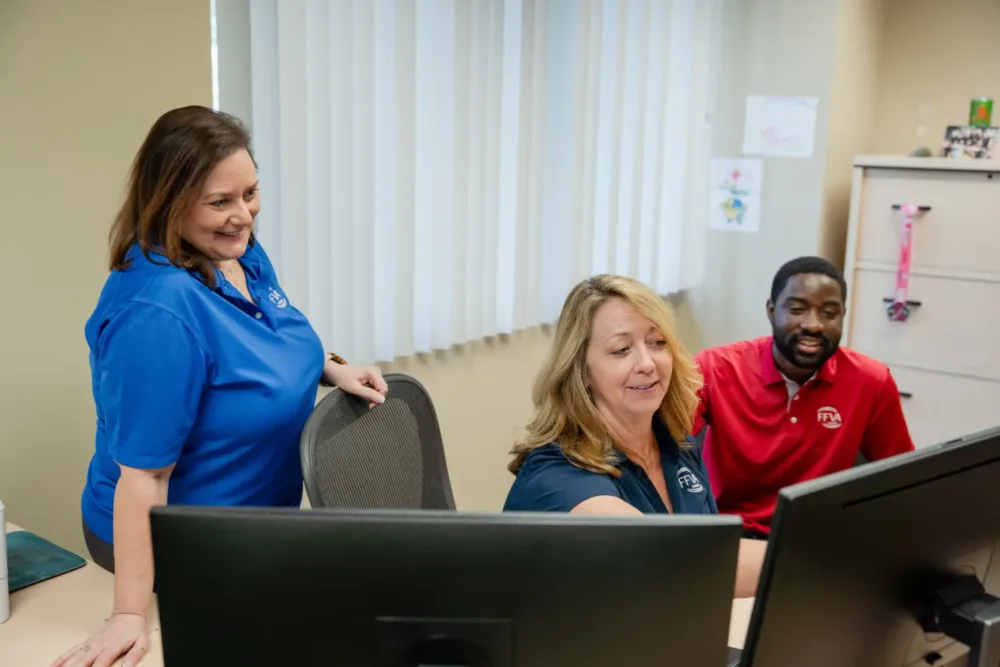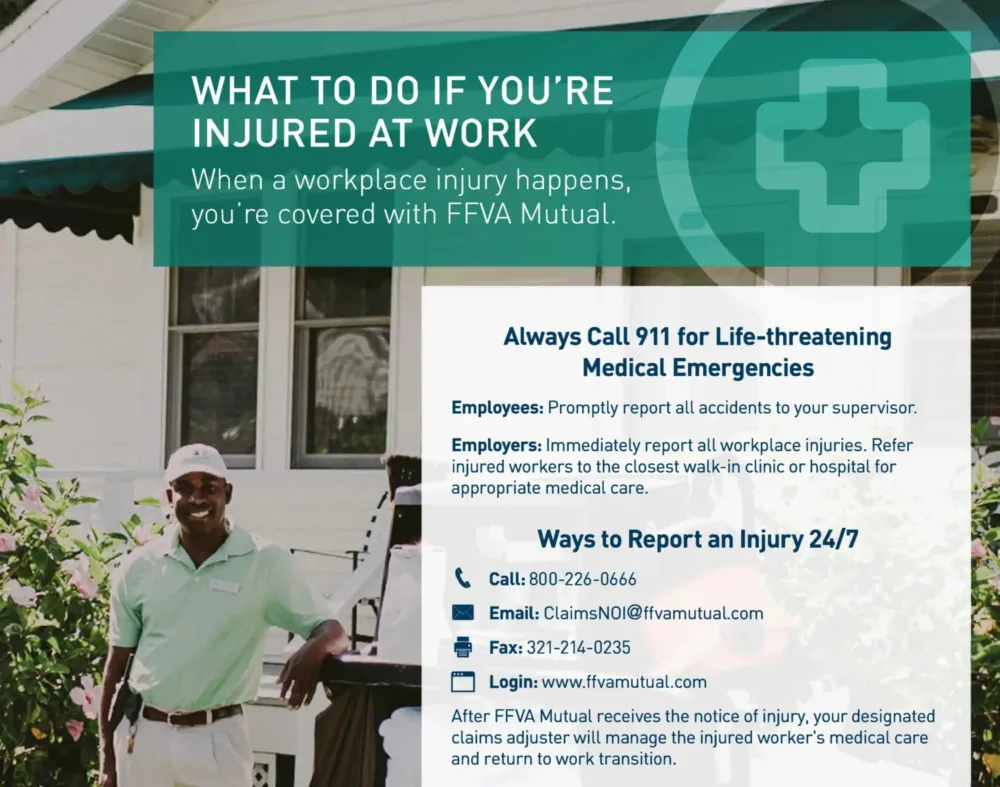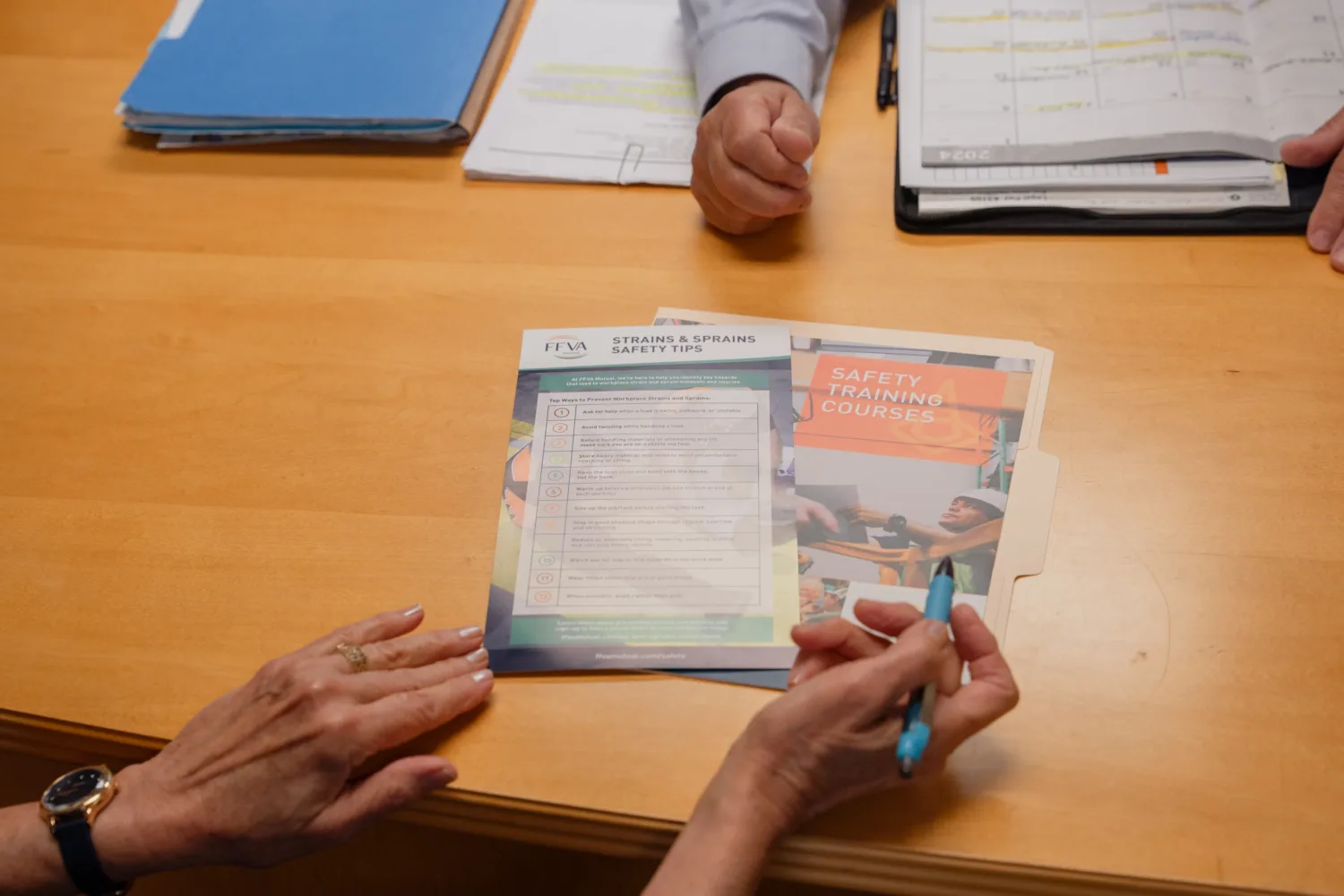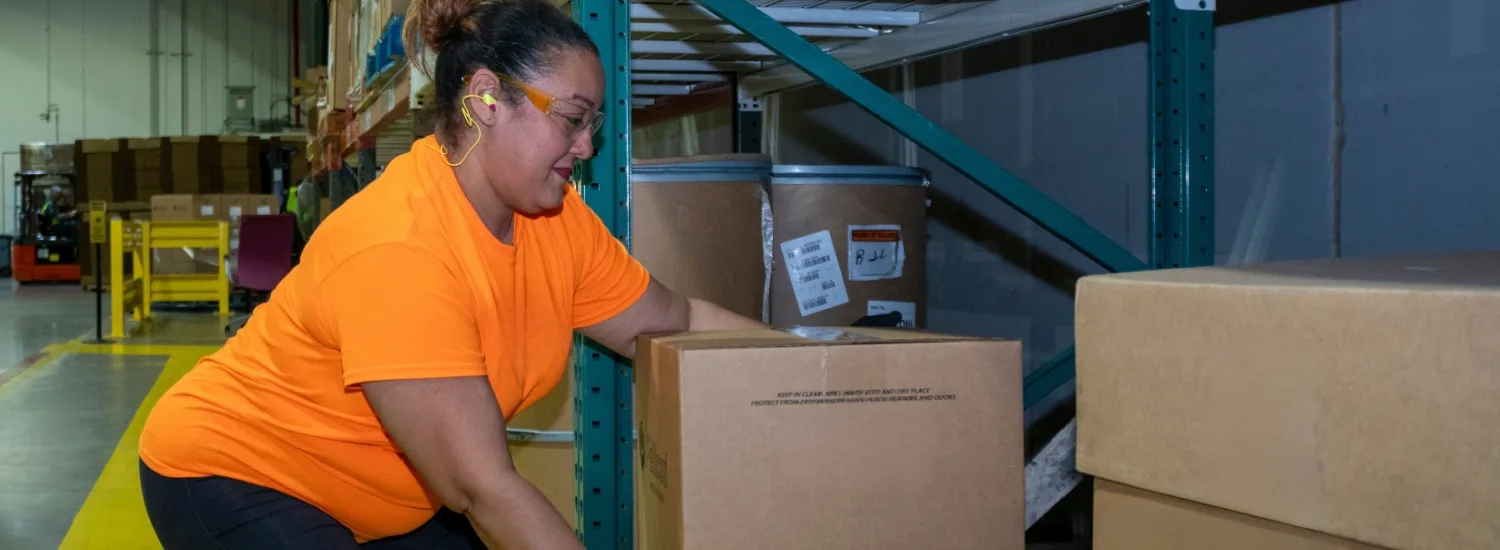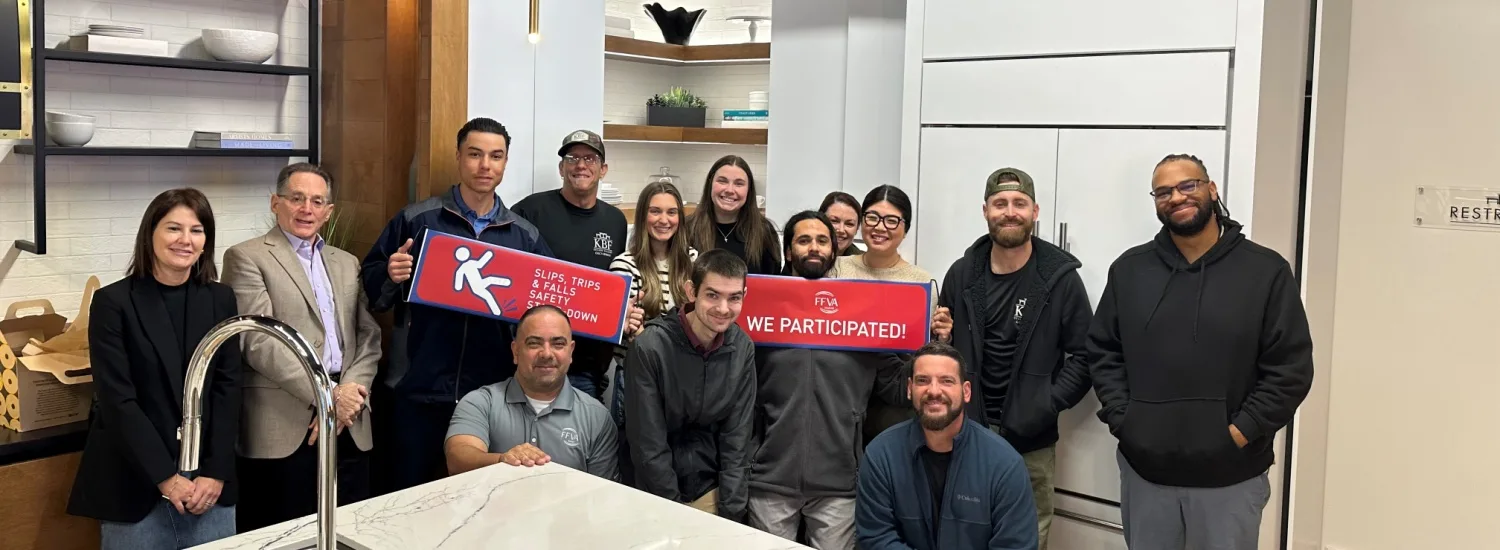Beyond Policies: How Behavior Shapes Workplace Safety
Every workplace has safety policies and procedures, but accidents still happen. That’s because workplace safety depends on more than just written documentation — it depends on employees’ reactions in real situations.
Enter behavior-based safety, a proactive approach that shifts the focus from reactive compliance to fostering a culture where safety becomes second nature. Unlike traditional safety programs that rely on top-down mandates, BBS addresses the root cause of incidents: employee behavior.
Let’s explore how behavior-based safety programs can revolutionize your approach to workplace safety.
What Is Behavior-Based Safety?
Behavior-based safety (BBS) is a data-driven methodology designed to identify and modify unsafe behaviors before they lead to incidents. Rather than waiting for accidents to happen, BBS emphasizes continuous observation, feedback and reinforcement of safe practices. Think of it as a GPS for workplace safety — it doesn’t just alert you when you’re off course; it helps you navigate toward safer behaviors proactively.
At its foundation, BBS revolves around three principles:
- Observable actions: BBS targets specific, measurable behaviors—like proper lifting techniques or equipment shutdown procedures—rather than vague concepts.
- Positive reinforcement: Instead of punishing mistakes, BBS encourages constructive feedback and recognition to motivate lasting behavioral change.
- Employee involvement: Workers at all levels participate in safety observations, fostering ownership and accountability.
For instance, in an agricultural setting, a safety professional might conduct a behavior-based safety observation to assess how workers handle harvesting equipment. If they notice someone bypassing a safety protocol to save time, the focus isn’t on reprimanding the responsible employee. Rather, the remedy involves collaboratively addressing the root cause — such as time pressure or unclear training — and reinforcing the importance of safe behavior.
How Does BBS Differ from Traditional Safety Programs?
Traditional safety programs often prioritize compliance with regulations (e.g., OSHA standards) through audits and penalties. While these measures are essential, they’re inherently reactive. BBS, on the other hand, is proactive. It integrates safety training with real-time behavioral insights to prevent incidents before they occur.
For instance:
- A compliance-based approach might mandate safety procedures like wearing gloves when handling chemicals.
- A behavior-based safety program goes further, engaging employees in peer-to-peer safety observations to ensure gloves are worn correctly and consistently, while also addressing barriers like discomfort or lack of access to proper PPE.
By focusing on behavioral patterns and safety performance, BBS transforms safety from a rulebook into a collective mission — one where every team member plays a role in achieving safety improvement.
Why Behavior-Based Safety Matters
In industries where heavy machinery, unpredictable environments and physically demanding tasks are the norm, workplace accidents aren’t just costly; they’re devastating.
Traditional safety measures often focus on eliminating hazards, but even the best-engineered safeguards fail if employees engage in risky behavior. This is where behavior-based safety (BBS) becomes a game-changer. By addressing the human element of safety, BBS tackles the root cause of unsafe employee behavior.
When teams adopt safe behaviors consistently — like properly storing tools, wearing personal protective equipment (PPE) or communicating hazards — they reduce the likelihood of injuries, near misses and operational downtime.
But BBS isn’t just about preventing accidents. It builds a foundation of trust and accountability across all levels of an organization. By involving employees in safety observations and decision-making, BBS fosters open communication. Workers feel heard, leaders gain actionable insights and safety transforms from a “management priority” to a shared responsibility. This collaborative approach strengthens safety culture, creating an environment where employees are empowered to speak up about safety concerns without fear of blame.
Benefits of Behavior-Based Safety:
Let’s put all these benefits together to see how BBS can help you:
- Reduce workplace injuries and near misses: By targeting unsafe acts like shortcutting safety protocols or ignoring potential hazards, BBS minimizes incidents before they escalate.
- Create a safety-conscious culture: When safety becomes a daily habit—not a checklist — employees naturally prioritize safe practices, even under pressure.
- Improve engagement and morale: Employees who contribute to safety improvement feel valued, boosting job satisfaction and retention.
- Lower workers’ compensation costs: Fewer accidents mean fewer claims, directly benefiting the bottom line.
What Makes an Effective BBS Program?
A strong behavior-based safety (BBS) program is built on five key pillars:
- Leadership commitment: Model safe behavior, allocate resources and actively participate in safety observations as a leader to reinforce a strong safety culture.
- Employee involvement: Engage frontline workers through peer-led safety observations, feedback forums and audit teams to ensure safe practices align with real-world challenges.
- Clear goals and metrics: Set measurable safety objectives (e.g., reducing unsafe behavior by 30%) and track progress using behavior-based safety software.
- Training and education: Equip teams with skills to identify hazards, conduct safety observations and deliver constructive feedback that encourages safer behaviors.
- Feedback mechanisms: Use safety meetings and digital tools to share behavioral observations, celebrate successes and reinforce positive behavior changes.
By integrating these elements, organizations can shift from a reactive safety approach to a proactive safety culture, leading to fewer incidents and a safer, more engaged workforce. But how do you get to this point?
7 Steps to Implement a BBS Program
Here’s a step-by-step guide to help you launch an effective BBS program:
1. Pinpoint Risky Behaviors with Data-Driven Observations
The foundation of a successful safety program begins with understanding what needs to change. Start by conducting safety observations across high-risk areas, such as equipment operation zones or chemical storage sites. Use checklists, incident reports and behavior-based safety software to log patterns like repeated unsafe practices (e.g., ignoring PPE protocols). For example, if data reveals that 40% of near misses occur during rushed harvests, you’ve identified a critical behavioral pattern to address.
2. Secure Leadership Buy-In to Champion Safety
Leaders set the tone for safety culture. Engage managers and executives to model safe behavior, allocate budgets for safety training and participate in behavioral observations. When leadership attends safety meetings or shares personal stories about avoiding risky behavior, it signals that safety is non-negotiable.
3. Define Clear, Measurable Safety Objectives
Vague goals like “improve safety” won’t drive change. Instead, set SMART targets (Specific, Measurable, Achievable, Relevant and Time-bound): “Reduce forklift-related incidents by 50% in six months” or “Achieve 95% PPE compliance by Q3.” Communicate these goals through team huddles, posters and digital dashboards to ensure everyone understands their role in achieving safety outcomes.
4. Equip Teams with BBS Training and Resources
Effective behavior-based safety training empowers employees to identify potential hazards and adopt safer behaviors. Train managers to deliver constructive feedback without blame and educate workers on how to conduct peer safety observations. For example, role-play scenarios where employees practice addressing unsafe acts like improper ladder use.
5. Implement Routine Safety Observations
Regular behavior-based safety observations keep progress on track. Schedule weekly walkthroughs using digital checklists to document compliance with safety protocols, such as proper pesticide handling. Involve cross-functional teams in audits to foster accountability — e.g., a packaging supervisor observing fieldwork to share fresh perspectives.
6. Provide Real-Time Feedback and Positive Reinforcement
Real-time feedback is the heartbeat of BBS. When a worker demonstrates positive behavior — like correcting a colleague’s lifting technique — publicly recognize their effort. For unsafe practices, frame feedback as collaborative problem-solving: “Let’s review the PPE guidelines together — what’s making it hard to follow them?” Tools like mobile apps can streamline this process, allowing instant praise or corrective notes.
7. Continuously Improve Through Data Analysis
A behavior-based safety program is never “done.” Monthly, review metrics like incident rates, safety audit results and near-miss reports. If data shows safety performance plateauing, adjust tactics — perhaps introducing gamified safety incentives or refresher training. For instance, if data reveals distracted driving incidents, consider a “Drive Focused” campaign with dashboard reminders, short safety talks and safe driving incentives.
Common Unsafe Behaviors (and How to Prevent Them)
Even small lapses in safe behavior can lead to serious workplace accidents. Here are common risky behaviors in agricultural and industrial settings — and how to address them:
Cutting Corners to Save Time
- Risk: Skipping steps like equipment lockouts increases injury risks.
- Solution: Streamline workflows to reduce time pressure and reward teams for following safety protocols, even under deadlines.
Ignoring Safety Protocols
- Risk: Bypassing chemical handling guidelines exposes workers to potential hazards.
- Solution: Simplify guidelines with visuals (e.g., illustrated posters in barns) and involve employees in refining safety measures.
Failure to Wear PPE
- Risk: Exposure to pesticides or debris without personal protective equipment (PPE) harms health.
- Solution: Provide breathable, weather-appropriate PPE and recognize workers who consistently follow safe practices.
Improper Lifting Techniques
- Risk: Strains from lifting heavy feed or equipment.
- Solution: Integrate ergonomic training into onboarding and display technique reminders in storage areas.
Distractions (e.g., Cellphones)
- Risk: Divided attention near machinery or livestock can be deadly.
- Solution: Designate device-free zones and share stories of how focus prevents workplace accidents.
Poor Communication
- Risk: Miscommunication during harvests leads to collisions.
- Solution: Standardize hand signals and hold daily safety meetings to align priorities.
Ready To Build a Safer Workplace?
A behavior-based safety program isn’t just about rules — it’s about empowering your team to make safety a shared mission. Start small by targeting one risky behavior this month.
Want more insights into behavior-based safety? Watch our free webcast Developing Safety Incentive Plans to learn how recognition and data-driven strategies can keep your team safe.
